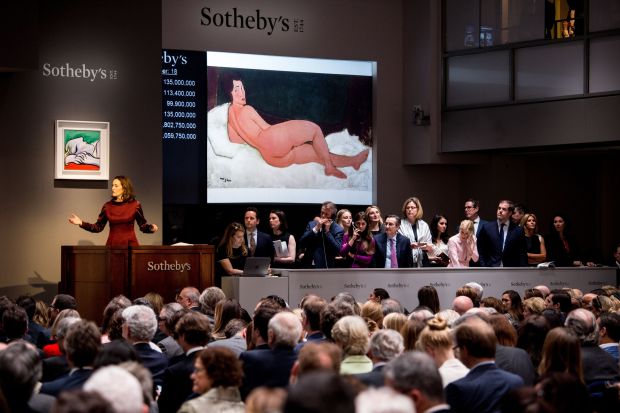Recently there have been a number of changes in the art market. Due to the recent pandemic, galleries have been forced to close their doors, and international art fairs and major auctions have been postponed. The art world had to quickly adapt to new conditions. In this article, we want to understand how well the industry has been able to transition to the digital world. Leading auction houses are holding virtual and hybrid auctions, and art fairs are moving online and creating new experiences for visitors.
This shift, driven by the digital trend, increased online art sales, and price transparency and attracted millennials who were more comfortable buying art online.
The art industry continues to transform and adapt. The shift to digital technology has given a wider range of people access to the art world than ever before and increased both the geographic and demographic diversity of buyers. This has led to an increased focus on diverse artists and genres, as well as artists who work outside of mainstream platforms. We expect this to continue into 2022, along with new interactions between auction houses, galleries, artists, and collectors, as well as strong growth in private sales.
The biggest change is the rise of a new art medium — non-fungible tokens, or NFTs. Before 2021, this new market was virtually non-existent, but in 2021 it generated nearly $25 billion in sales and in January 2022 alone, sales totaled $7.4 billion. NFTs aren’t just a new way to consume art and collectibles. They are disrupting the traditional model of art ownership and changing collecting habits.
This shift has presented an opportunity to catalyze change for artists, as it potentially allows them to monetize their work and talent.
The NFT market still faces challenges related to trademark infringement, security regulations, and the potential for fraud and abuse. And it’s not just the digital art market that is causing concern among regulators. Lawmakers around the world have begun passing new laws and regulations requiring certain art market participants to help prevent and detect money laundering in their operations.

























